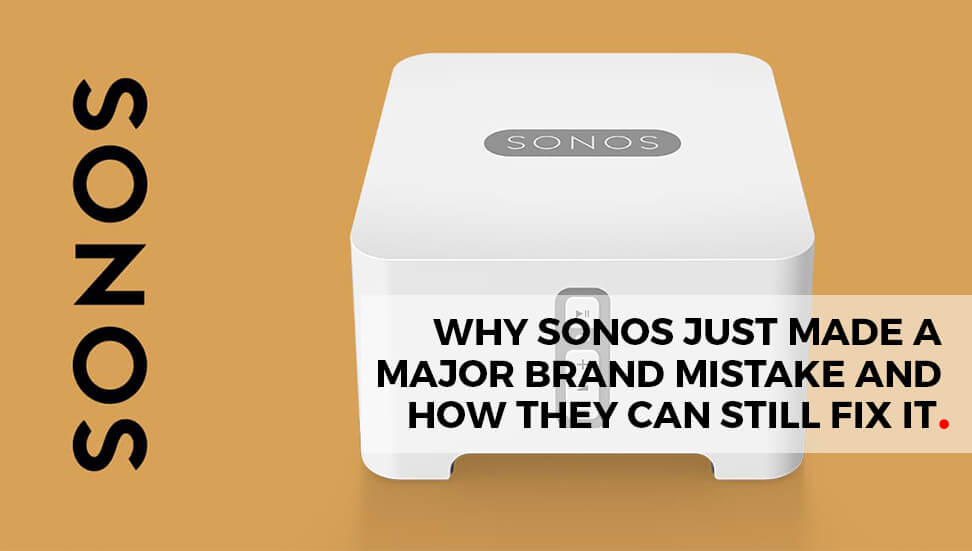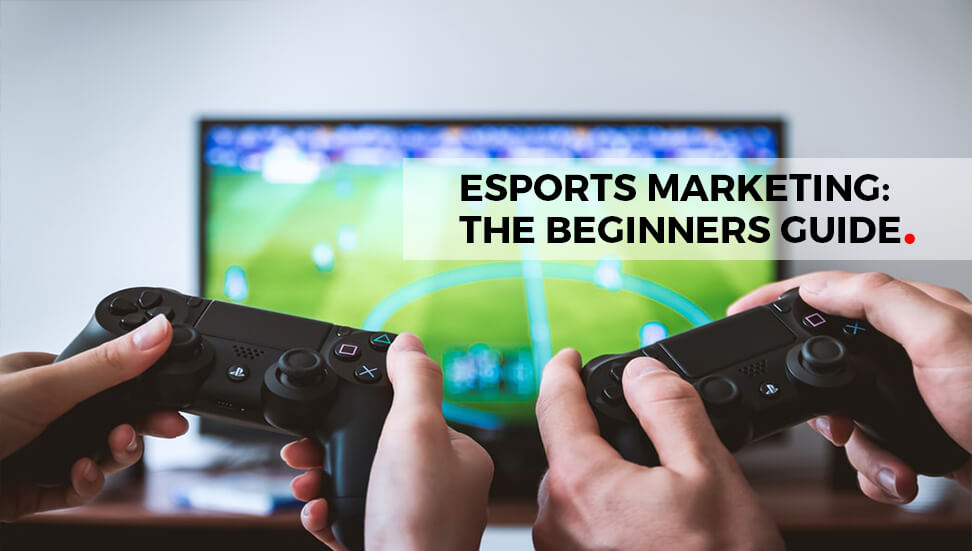In the golden, olden days (and I don’t mean when your great-Grandma wore a poodle skirt and very sexy beehive) knights rode on trusty steeds and serfs were kept in their place with punishment; real punishment. Not the deprivation of a favorite toy or a session on the naughty step. The kind of punishment that took several layers of skin off your back and restrained with chains – around the neck.
It was well known in those times that to make the most of your punishment (replace that word with ‘torture’) that you waited between strikes. If you beat a person too quickly, the sting of the old pain dulled the offender to the new. If you waited a little before the next stripe the pain was increased and maximum effect of discomfort was felt.
It is the same with Googles algorthyhms. Just when you thought you’d mastered the latest incarnation of Google and recovered from the pain, another version strikes and you’re back to torturous, and excruciatingly painful, square one.
The mere mention of a Panda.anything is enough to bring grown men to tears with an unreasonable fear that all their good work was just about the razed to the ground, but does it really have to be that way. Shouldn’t good content be able to stand the test of time… and Google?
Google updates happen all the time. It’s as sure as the sun will rise and there will be tax on your paycheck this month. Writing to please Google will not help your ranking in the search engines, so you might as well accept it will happen, and write for your audience. It’s a success ‘seesaw’ with every google update, sometimes you’re the pigeon – and sometimes you’re the statue. It’s a simple as that! When the update gives you a helping hand – be grateful. When it causes you some pain, fix it. It is rare that a genuine site gets penalized for as the bots are so sophisticated now, so most penalties can be fixed by negotiation or site adjustment.
Panda 4.1 was a less severe update with Google’s Pierre Far saying:
“Based on user (and webmaster!) feedback, we’ve been able to discover a few more signals to help Panda identify low-quality content more precisely. This results in a greater diversity of high-quality small- and medium-sized sites ranking higher, which is nice.
Depending on the locale, around 3-5% of queries are affected.”
3.5%? That works out to a tiny fraction of websites being affected, and more importantly – those affected depended on locale. Panda 4 affected 7.5%. We all know that there are virtual factories in developing countries that churn out cheap content that is difficult to read so the chances are that those ‘locales’ have had a much higher rate of penalization than the rest of the world.
So what was the purpose of Panda 4.1? Its sole purpose was to clean up the poor quality content on the net. If you have written high quality content then you would not have been affected. 4.1 sniffed out spam, devoured duplicates and killed poor quality content, forcing it to be reworked into readable content, or be forced into oblivion. This is a noble cause. It will help bona fide articles and blogs rank higher and make the internet easier to navigate. This time we should not have been afraid of the Panda 4.1, but Panda 4.0 was a very different beast.
Panda 4.0 punished some well renowned web sites as they did not follow the rules. There are ways round SEO and companies took them in the race for the coveted number one spot. These companies spared no thought for the rules of content writing other than keywords or, more importantly, their bounce rate. A bounce rate is an excellent way to indicate poor quality content and mustn’t be overlooked – the bots won’t!
SEO is not a ‘one time’ strategy. It is a delicate balance of intelligent writing and good old fashioned marketing. You write for your audience then promote the life out of it using PR, back linking and your social media. Google can see the effort you put into your content and it will be rewarded. Concentrate on writing the things people want to hear, promote it heavily, then repeating the process all over again, and again… and again. You cannot escape the work if you want your company to succeed long term.
The beat advice you can follow is to write with passion to educate your audience, introducing keywords naturally and then promote your site/articles/blogs through social media and your thriving networks. Doing all these things will ensure, for the most part, when the next panda comes along, you’ll always be a pigeon.
Resources:
http://easym6.com/2015/02/27/seo-for-bloggers
https://sites.google.com/site/recoverfrompenalty/how-to-recover-from-panda
http://arcreactions.com/important-seo-content-quality/
http://www.dailyblogmoney.com/my-progress-in-recovering-from-panda-4-1-hit-case-study






























